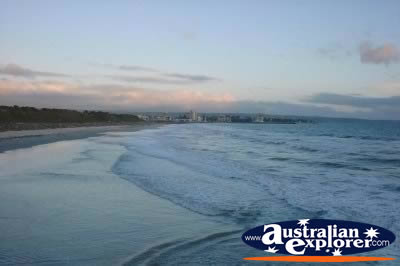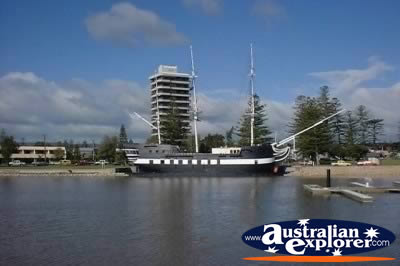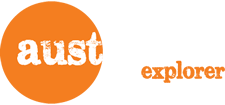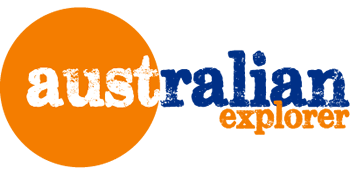South Australia, with it's huge semi-desert areas in the far Outback, is the driest out of all of the states and also the most urbanised.
Adelaide, the capital, has been called 'the city of churches' and is home to 80% of the regions population of roughly 1.64 million, living in 984,277 sq km.
Although the churches are still in Adelaide, times are different now. The main spirit of the city is demonstrated through Adelaide's Festival of Arts. It has a liberal attitude and Maslin Beach was the first nudist beach.
The state is well-known for it's wineries. The main wine growing region is in the Barossa Valley, although other valleys include Clare, Coonawarra and McLaren.
 It also hosts fantastic scenery and bushwalking in the Flinders Ranges, as well as wonderful landscape in the Adelaide Hills. It is possible to watch whales at the Head of Bight along the Great Australian Bight. The wild coast offers plenty for the tourist, as well as the relaxing Kangaroo Island
It also hosts fantastic scenery and bushwalking in the Flinders Ranges, as well as wonderful landscape in the Adelaide Hills. It is possible to watch whales at the Head of Bight along the Great Australian Bight. The wild coast offers plenty for the tourist, as well as the relaxing Kangaroo Island
The agricultural regions include include the Fleurieu, Eyre and Yorke Peninsulas which also offer beautiful beaches and some good surfing spots. Beaches continue along the Far South East of South Australia, while inland there is more agriculture in the Mid North.
The Murray River is extremely important. It runs through the Australian Alps and joins the sea at Lake Alexandrina. Due to lack of rainfall the river water is often piped long distances to a number of communities. In total, 90% of the states population depend on the water for general living.

A Little History
In 1836 Colonel William Light arrived at Holdfast Bay (now named Glenelg) to claim the region as a British colony. Adelaide was chosen for a capital, and the first Governor (Captain John Hindmarsh) named it after the King of Englands wife.
The colony nearly went bankrupt, due to slow progress, but British funds saved it. By the mid 1840's the colony was able to support itself, and was self-governed by 1856.
Points of Interest
Flinders Ranges
Offers superb bushwalking, aboriginal rock paintings and wildlife.
South Australia Facts
* South Australia Area: 985,335 square kilometres
* South Australia Capital: Adelaide
SA, SA Accommodation
Top South Australia Destinations
| Adelaide |
Adelaide Hills |
Barossa Valley |
| Eyre Peninsula |
Far South East |
Fleurieu Peninsula |
| Flinders Ranges |
Kangaroo Island |
Mid North |
| Outback |
Yorke Peninsula |
Other South Australia Destinations
PLEASE NOTE: The South Australia travel destinations outlined above are only a small selection from the tens of thousands of Australian travel information pages available on Australian Explorer. A comprehensive list of South Australia destinations can be found on the main South Australia Holidays location guide.



